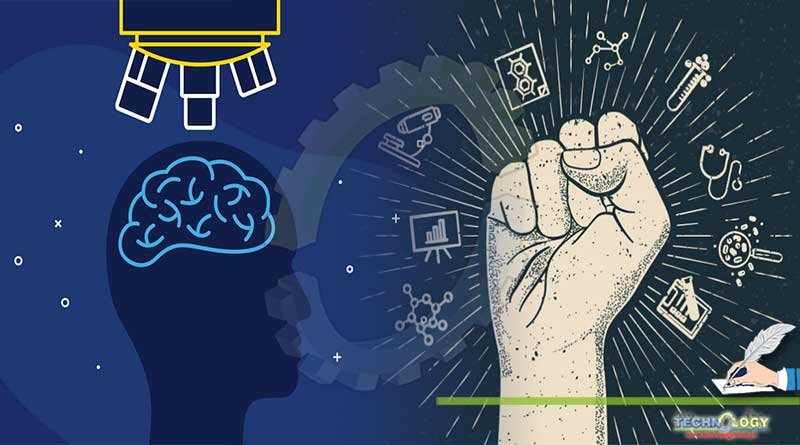It also simply isn’t the fact that science rests on simple, straightforward facts, and never goes beyond simple, straightforward facts.

I often encounter religious skeptics who declare that, unlike theists, they live in “the fact-based universe” — as if there exists only one such place and as if they hold a monopoly on reason and objective straightforward facts. And they commonly point to science as not only a paradigm for knowing “just the facts, ma‘am,” but as the ideal or even as the only genuinely valid avenue to knowledge or — a rather distinct concept, though its distinctness sometimes goes unrecognized — as the only body of genuine, reliable knowledge in and of existence.
Now, they themselves don’t really believe any such thing. They routinely and unavoidably act on the basis of knowledge that they have not derived through anything remotely like “science.” When their mothers call them to dinner, they usually come. No scientific experimentation has led them to do so. When they detect an object hurtling through the air toward their heads, they duck. They don’t conduct an experiment first. They don’t typically perform DNA tests to confirm their relationships to their mothers and their fathers and their siblings. They don’t require a geological survey or an inventory of the local caribou population or access to a radio telescope before accepting the proposition that Paris is the capital of France or that the American Civil War involved conflict between the Union and the Confederacy over the period between 1861 and 1865. Few people demand archaeological proof that Interstate Highway 5 (I-5) runs from the U.S. border with Mexico to the U.S. border with Canada, connecting San Diego to Los Angeles, and then passing through California’s Central Valley to Sacramento, and from Sacramento on to Portland and Seattle. Does anybody expect microbiological evidence when told that there’s mold on a piece of fruit? If you see somebody smash into your car that’s parked out by the sidewalk, do you consult with scientists about whether it actually happened?
So the dichotomous, black and white distinction between scientific knowledge and, well, non-knowledge — that is, everything that isn’t science — is not only specious and simplistic, it’s a distinction that absolutely nobody really follows or believes in.
But it also simply isn’t the fact that science rests on simple, straightforward facts, and never goes beyond simple, straightforward facts. Many examples of this could be given (e.g., Albert Einstein’s idea of the curvature of spacetime, which famously waited several years for experimental confirmation). I’ll confine myself, though, to some examples drawn from Richard Panek, The 4 Percent Universe: Dark Matter, Dark Energy, and the Race to Discover the Rest of Reality (Boston and New York: Mariner Books, Houghton Mifflin Harcourt, 2011).
In this passage, Panek describes the state of cosmology in the mid-1960s, when two rival theories competed for dominance. Our universe, it was recognized, was expanding. Was that the result of an initial explosion, which would imply a cosmos of steadily decreasing density? Or, alternatively, was matter continually appearing, such that cosmic density would remain constant? I grew up with that rivalry, and, although it was essentially resolved in the mid-60s, it took a while for that resolution to percolate down to the masses (including me):
You could feel the shift, if you were an astronomer or physicist. Both the Steady State and Big Bang interpretations had relied not just on math and observations but on speculation. They were modern counterparts to Copernicus’s attempt to save the appearances; they were theories in need of evidence. And just as Galileo, with the aid of the telescope, had detected the celestial phenomena that decided between an Earth-centered and a Sun-centered cosmos, forcing us to reconceive the universe, so radio astronomers, with the aid of a new kind of telescope, were now detecting the evidence that decided between the Steady State and Big Bang cosmologies, necessitating a further reconception of the universe.
The next comment mentions Michael S. Turner, the Bruce V. and Diana M. Rauner Distinguished Service Professor Emeritus in the Department of Astronomy and Astrophysics and the Enrico Fermi Institute at the University of Chicago, and director emeritus of the Kavli Institute for Cosmological Physics there, as well as the late Richard Feynman (1918-1988) of the California Institute of Technology (Caltech), who shared the 1965 Nobel Prize in Physics and who is often ranked among the greatest physicists of all time:
But Feynman had taught Turner that sometimes you didn’t need to do the math first. Instead, you needed to trust your intuition. To leap to a conclusion first. To imagine what the universe might be, and then go back and do the math until, with luck, it matched. (123)
And it isn’t only Richard Feynman who held that attitude:
What was [the cosmological theory or concept of] inflation . . . if not an exercise in a Feynman kind of faith? Cosmologists in the early 1980s had leaped to a conclusion, embracing inflation simply because it explained and solved so much, and then they had gone back and labored to make the math work. And they’d succeeded. (131-132)
Or consider this, regarding the Canadian-American astrophysicist, astronomer, and theoretical cosmologist Jim Peebles, who shared the 2019 Nobel Prize in Physics and who is currently the Albert Einstein Professor of Science, Emeritus, at Princeton University:
When he thought about physics, he divided its practitioners into classicists and romantics. The classicists were inventive but followed the rules; the romantics were respectful of the rules but followed their intuition. (169)
I was greatly saddened to learn, earlier today, of the death of Lord Jonathan Henry Sacks, a great and good man who served as Chief Rabbi of the United Hebrew Congregations of the Commonwealth from 1991 to 2013, but who was also an author and an intellectual whose influence extended far beyond the borders of the United Kingdom and the British Commonwealth and well beyond the Jewish community. He was diagnosed with cancer (for the third time) in October 2020, and he passed away on 7 November 2020.
Not very long ago, however, on 17 September 2020, shortly before his diagnosis — I wonder, particularly given the constraints imposed by the current coronavirus pandemic, whether this might not have been his last public lecture — Rabbi Dr. Sir Jonathan Sacks delivered the 2020-2021 Truman G. Madsen Distinguished Lecture for the Wheatley Institution at Brigham Young University:
As might have been expected, it’s a thoughtful and insightful lecture. And some will be pleased to hear Rabbi Sacks’s very kind prefatory words about Brigham Young University and the Church of Jesus Christ of Latter-day Saints at the beginning. Please give it a few minutes.
The host for the lecture is Paul S. Edwards, director of the Wheatley Institution. For what little it’s worth, too, I got a kick out of who it was that offered the invocation. Jenet Jacob Erickson grew up in our ward, at least partially, and not very far at all from our house, but she has managed to overcome that initial obstacle and has gone on to a successful life of valuable accomplishment.
Originally published at Patheos
